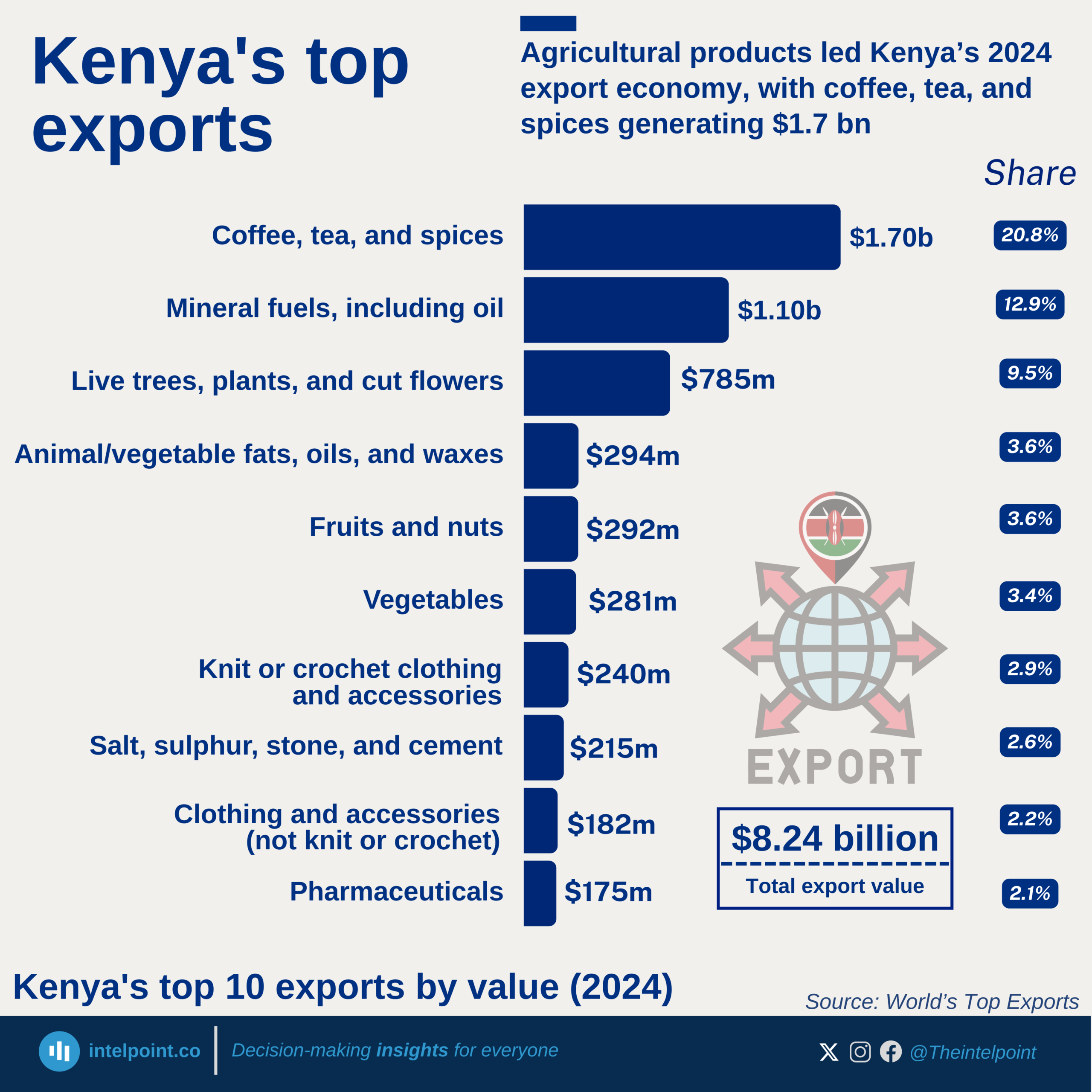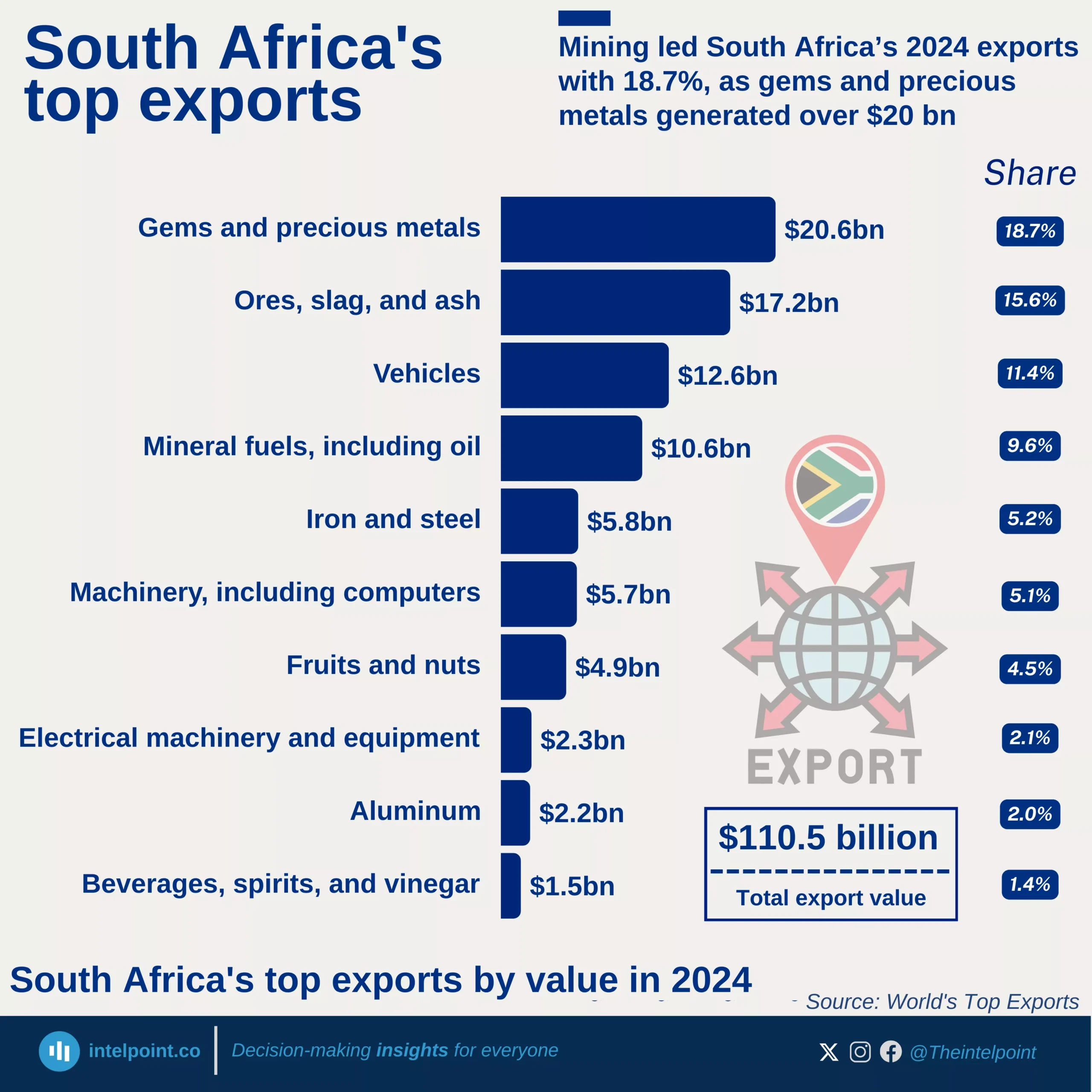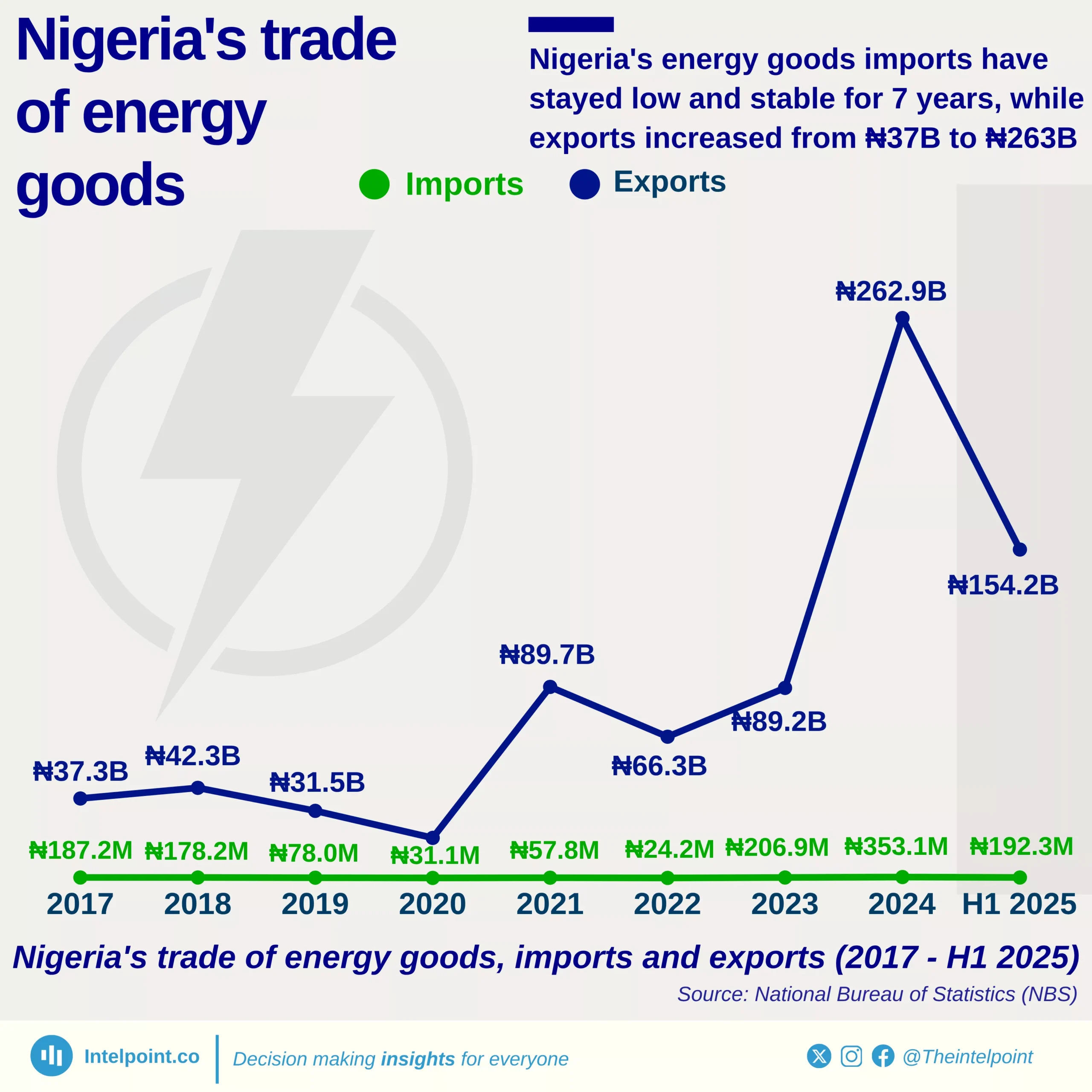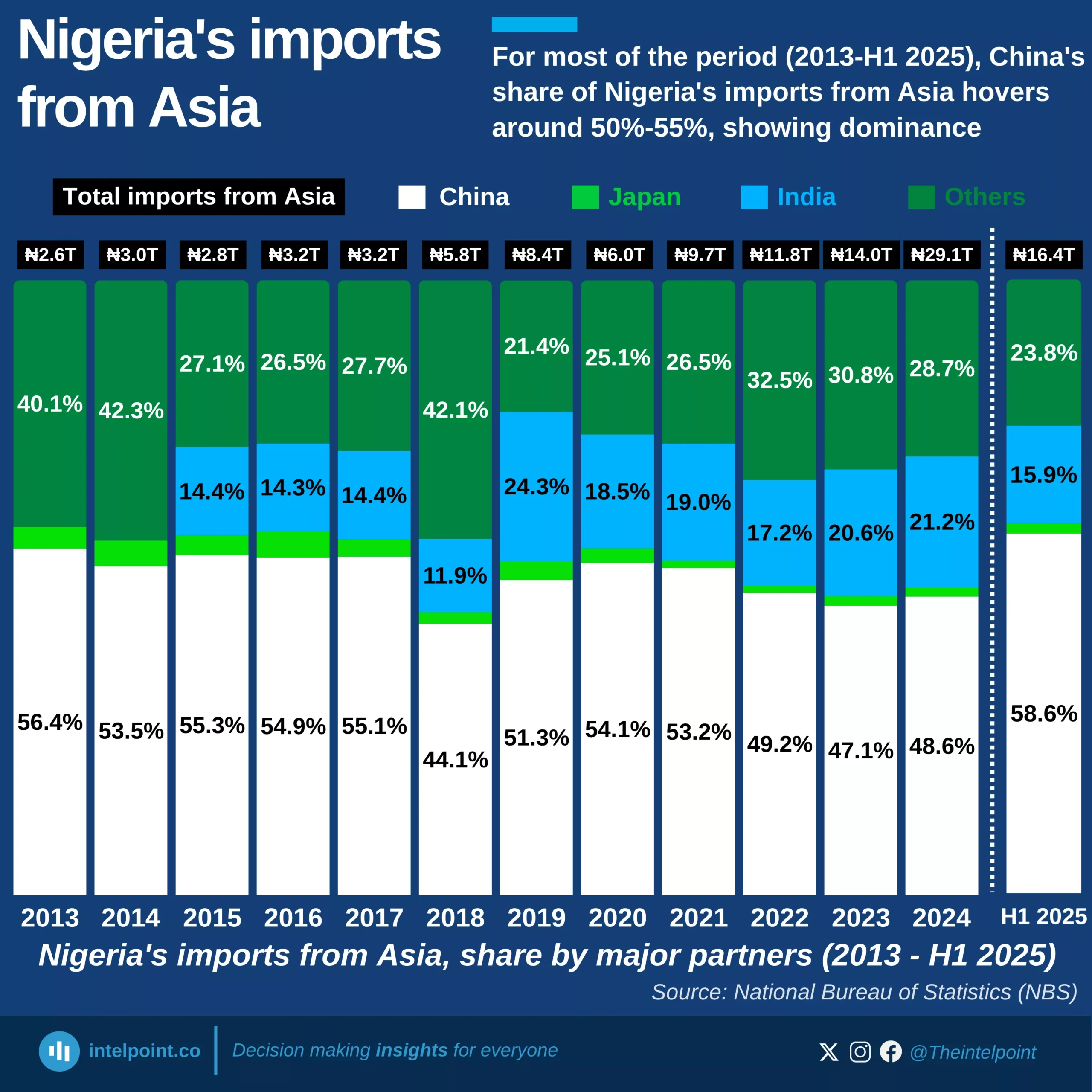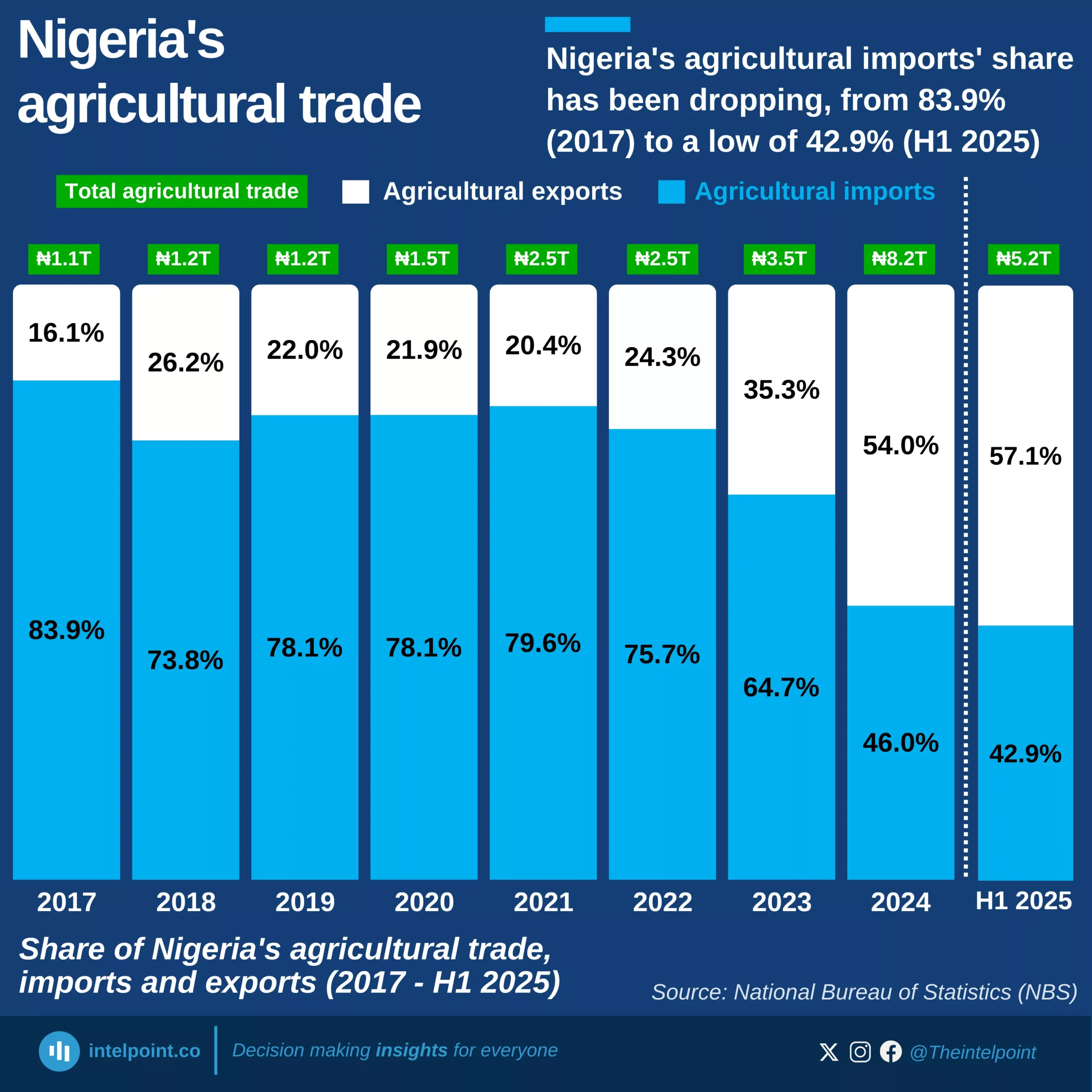Key Takeaways:
Between 2014 and 2023, China’s imports from Nigeria showed a highly volatile trend. In 2014, imports stood at $2.66 billion but plummeted by 53% in 2015 and reached a decade-low of $907 million in 2016, likely due to the global oil price crash.
A gradual recovery followed, peaking in 2021 at $3.03 billion, reflecting strong demand for Nigerian raw materials, particularly mineral fuels.
However, imports fell sharply again in 2022 to $1.60 billion, with trade recovering strongly by 48% in 2023 to $2.37 billion.
